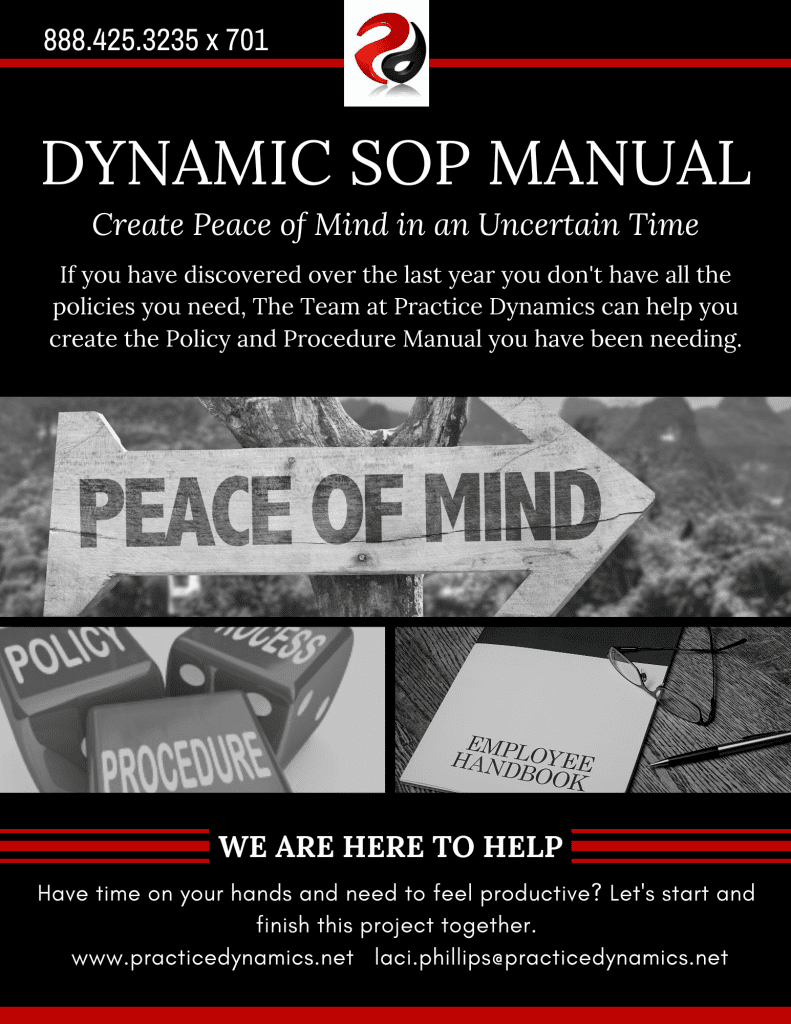Have you ever walked into a house or a building in the dark, stepping lightly and feeling your way around for walls or anything directly in front of your face? Do you recall that feeling of anxiety, the feeling of not knowing what to expect? This is exactly what happens when we do not have effective, or worse yet, NO, handoffs with the team, in our offices.
There are 7 Keys to an Effective Hand Off, resulting in excellent information exchange for the patient and for the team.
Greet Them by Name
Greet the patient by their name and introduce yourself at the first meeting.
Introduce the patient to new team members as they meet the patient for the 1st time.
Information Exchange
As you build a relationship with the patient be sure to keep them informed throughout the visit of what will happen and what they should expect.
Take note of verbal and visual cues the patient may be giving you and be ready to communicate these cues to other team members.
Positive Body Language
Be aware of your body language and the patients.
Make sure you do not have a conversation with your back to the patient. Rather than sit behind the patient when speaking, move your chair around to be face to face.
Good Eye Contact
Make good eye contact with the patient when speaking with them.
Be present and in the moment, removing distractions from your mind and view.
Patient Should Not Have to Repeat Themselves
Any information you gather during the time you are with the patient should be communicated to other team members as you hand the patient off, so they don’t have to repeat themselves. The team should not have to ask the patient “What happened today?”.
Dynamic Verbal Skills
It is all in the presentation and the communication. When we use effective listening, we hear to understand. Once we understand the patient’s needs, we can use our great verbal skills to ease their fears, to solve an issue, or simply empathize.
Yes Or No Questions
When you ask a Yes or No question, you will typically receive a Yes or No answer. To engage the patient and to help them solve concerns, ask a question that will prompt a conversation. Such as “What questions can I answer for you today regarding your treatment plan?”
Many people experience anxiety in a dental office, but it should not be your team members. Great information exchange benefits your patients, your team, and the success of your practice. As a team, identify and practice great hand-offs. Work together, hold each other accountable and take your patient experience to an all-time satisfaction level with your communication. Hand-offs should happen with every patient, every time, with every exchange.
